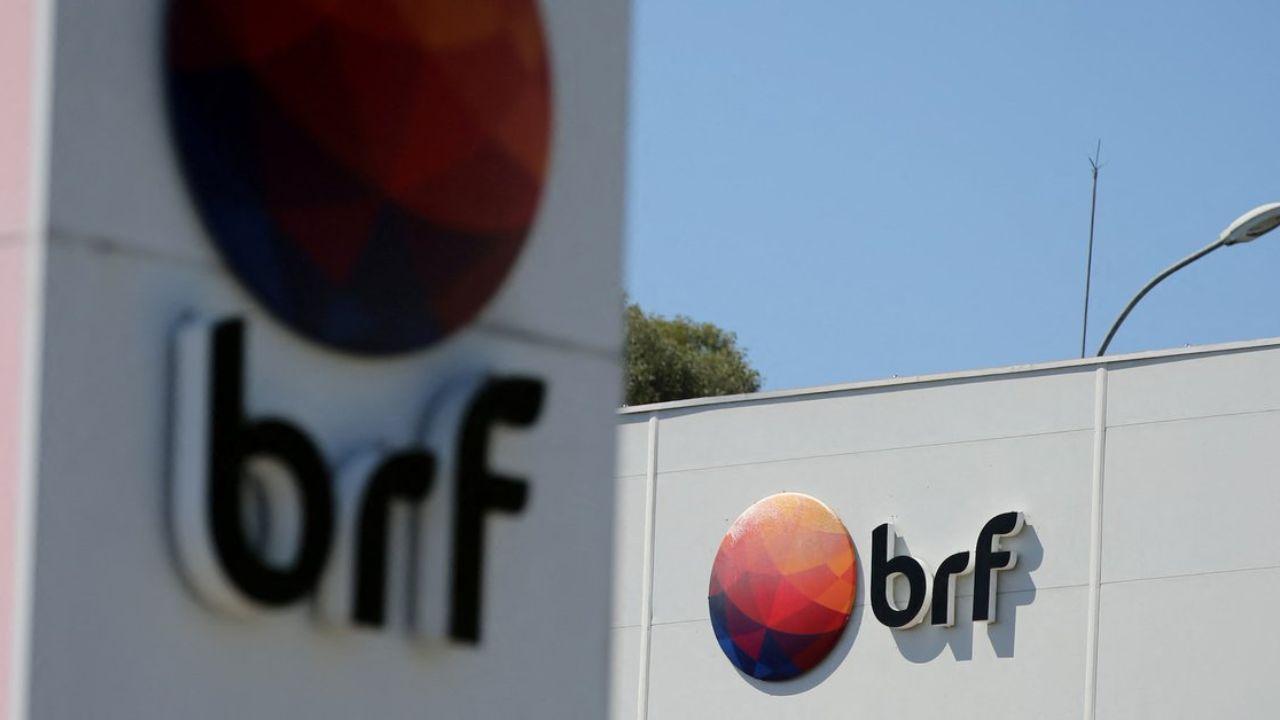
Post by : Avinab Raana
Photo : X / Reuters Legal
An Unprecedented Approval for Marfrig–BRF Merger
Brazil’s antitrust regulator, CADE, has granted unconditional approval to the transformative Marfrig–BRF merger, marking a huge leap in Brazil’s food processing landscape. The deal, executed as a share-swap where each BRF share converts to 0.8521 Marfrig shares, cements Marfrig’s complete control over BRF and forms a consolidated food giant now known as MBRF.
This move reconfigures global food markets, expanding Marfrig’s reach across multiple continents while preserving market competition—CADE noted that overlapping product segments in both firms account for less than 20% market share, mitigating antitrust fears.
The Merger Journey: From Shareholders to CADE
The path to this point was strategic and multi-layered. In August, a majority of BRF’s minority shareholders—71.4%—voted in favor of the merger, setting the stage for full consolidation. But the journey faced legal turbulence, including a suspended shareholder vote in June, when Brazil’s securities regulator (CVM) paused proceedings amid dissension from minority shareholder Latache.
By early September, however, these hurdles were cleared. Marfrig paced forward, backed by shareholder support and buoyed by CADE’s final go-ahead, illustrating both companies’ tenacity in navigating Brazil’s complex corporate governance environment.
MBRF Emerges as a Global Food Powerhouse
With the merger finalized, Marfrig and BRF unified into MBRF Global Foods, operating in Brazil, the U.S., Middle East, and China. The consolidation strengthens the company’s global footprint, sets the stage for U.S. stock listing ambitions, and positions it to compete alongside industry giants like JBS and Tyson.
Importantly, SAIC’s SALIC Investment Company—holding stakes in both BRF and competitor Minerva—mitigated conflict concerns through a share-to-derivatives swap, preserving economic interest while relinquishing governance influence.
Strategic Synergies and Industry Implications
The rationale behind the merger is clear: efficiency, geographical reach, and scale. Marfrig brings beef processing expertise and global exports; BRF adds scale in poultry, pork, and processed foods. The merger promises expanded supply chains, shared technology, and optimized logistics—a powerful combination in today’s volatility-prone protein markets.
For Brazil’s agribusiness sector, MBRF offers stability and scale amid shifting tariffs, environmental pressures, and rising global demand. And for global retailers and trade partners, the merger offers a secure and larger supplier with deep production capabilities.
Regulatory Snapshot: CADE’s Balancing Act
CADE’s approval highlights Brazil's nuanced approach to antitrust oversight—promoting economic scale while guarding competitiveness. With overlapping market share under 20%, the merger cleared without behavioral remedies. This contrasts with strategies seen in other sectors where conditions are imposed to pacify dominance concerns.
CADE’s decision also reflects confidence in market dynamics and supply diversity, where MBRF must still compete with giants like JBS and Minerva. As a result, the market can expect continued innovation, price discipline, and export growth instead of consolidation-induced stagnation.
Global Trade, Market Influence, and U.S. Exposure
With significant operations in key global markets—including the U.S., where MBRF may pursue a stock listing—the merger allows strategic expansion and access to broader capital markets. It also reduces exposure to trade barriers that have challenged Brazilian meat exporters.
As part of its global strategy, MBRF could leverage combined product lines to diversify exports, from fresh meat to value-added processed goods. The merger signals Brazil’s ambition to expand its leadership in global food supply, fueled by consolidation that is both astute and adaptable.
Internal and External Reactions
Industry insiders largely view the merger as bold yet logical. Proponents note that scale is essential in an industry with high capital intensity and razor-thin margins. Critics caution that consolidation can challenge traditional producers and supply chain diversity. However, MBRF’s global profile could ensure broader supply to large retailers and foodservice clients, offering both competition and collaboration.
Notably, Minerva SA raised initial alarms about conflict risks involving overlapping shareholders—concerns that CADE and SALIC successfully addressed through structural adjustments. Ultimately, the merger stands as a controlled consolidation, not a takeover devoid of oversight.
MBRF’s New Chapter
The approval of the Marfrig–BRF merger by Brazil’s antitrust authority signals both ambition and prudence in emerging market M&A. The formation of MBRF Global Foods is a defining moment—where scale meets scrutiny, and growth aligns with regulation.
As the world navigates food security and supply chain resiliency, MBRF steps forward not just as a Brazilian champion, but as a rising global competitor. With regulatory frameworks intact and market strategy clear, the company now faces the real test: delivering on promises of efficiency, innovation, and sustainable growth—while proving that consolidation can power, not jeopardize, competitive dynamism.
Marfrig–BRF, Merger approval, Brazil antitrust










Bengaluru-Mumbai Superfast Train Approved After 30-Year Wait
Railways approves new superfast train connecting Bengaluru and Mumbai, ending a 30-year demand, easi

Canada Post Workers Strike Halts Nationwide Mail and Parcel Services
Canada Post halts operations as CUPW strike disrupts mail and parcel delivery nationwide amid disput

PM Modi Launches BSNL ‘Swadeshi’ 4G Network, 97,500 Towers Built
India enters global telecom league as PM Modi inaugurates BSNL’s indigenous 4G, connecting 26,700 vi

India’s Iconic MiG‑21 Takes Final Flight After Six Decades of Service
After 60 years India retires its MiG‑21 fighter jet, a legendary yet controversial warplane marking

Hindustan Zinc unveils AI hotspot monitoring at Debari smelter
Hindustan Zinc launches AI-powered Switchyard Hotspot Monitoring at Debari smelter to cut outages bo

Chinese experts worked inside sanctioned Russian drone plant
Chinese drone specialists visited IEMZ Kupol supplying parts and drones via intermediaries, deepenin